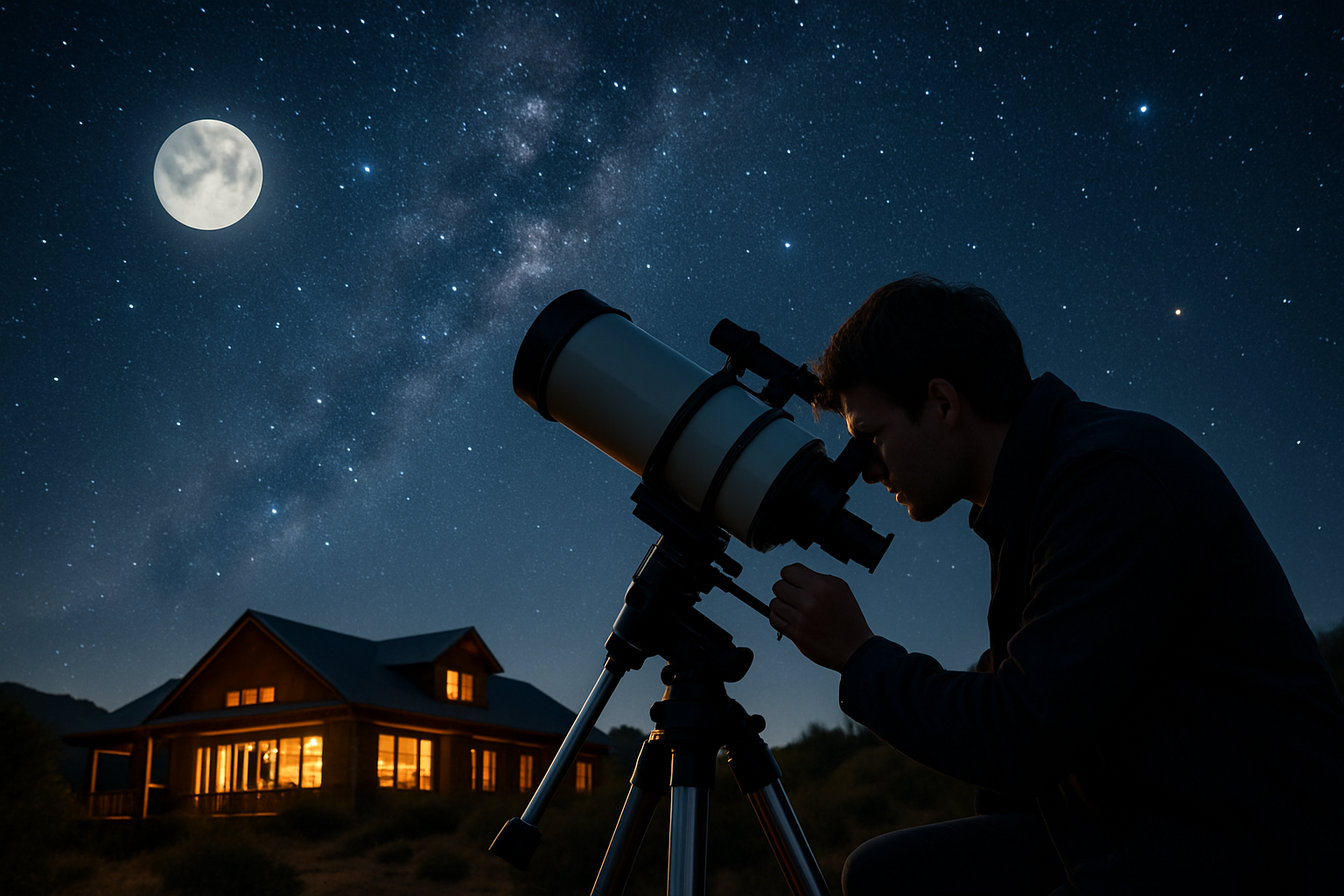Unlocking the Mysteries of Dark Sky Tourism
In an age of ever-present artificial light, a new travel trend is emerging that celebrates the absence of illumination. Dark sky tourism, a niche yet rapidly growing segment of the travel industry, invites adventurers to explore the wonders of the night sky in pristine, light-pollution-free environments. This unique form of travel not only offers breathtaking celestial views but also promotes conservation efforts and reconnects travelers with the awe-inspiring vastness of the universe.

The International Dark-Sky Association (IDA), founded in 1988, played a crucial role in establishing standards for dark sky preservation and certification. Their efforts have led to the creation of numerous dark sky places, ranging from expansive national parks to small rural communities committed to reducing light pollution.
The Appeal of Stargazing Destinations
Dark sky tourism offers a unique blend of natural wonder, scientific exploration, and cultural immersion. For many travelers, the opportunity to witness a truly dark night sky is a transformative experience, evoking a sense of wonder and connection to the cosmos that is often lost in urban environments.
These destinations cater to a diverse range of interests and skill levels. Amateur astronomers can benefit from state-of-the-art observatories and guided stargazing tours, while photography enthusiasts can capture stunning images of the Milky Way and celestial phenomena. Even those with no prior astronomical knowledge can find inspiration in the simple act of gazing up at a star-filled sky.
Dark Sky Destinations Around the World
As awareness of dark sky tourism grows, an increasing number of locations are embracing their natural darkness as a valuable resource. Some notable dark sky destinations include:
-
NamibRand Nature Reserve, Namibia: One of Africa’s largest private nature reserves, offering unparalleled views of the southern night sky.
-
Aoraki Mackenzie International Dark Sky Reserve, New Zealand: The world’s largest dark sky reserve, featuring the Mount John Observatory and stunning views of the Southern Cross.
-
Pic du Midi, France: A historic astronomical site in the Pyrenees, now open to the public for overnight stargazing experiences.
-
Cherry Springs State Park, Pennsylvania, USA: One of the darkest spots on the eastern seaboard, attracting thousands of stargazers each year.
-
Alqueva Dark Sky Reserve, Portugal: Europe’s first Starlight Tourism Destination, offering activities like night canoeing and astrophotography workshops.
The Impact on Local Communities
Dark sky tourism has proven to be a boon for many rural and remote communities, providing economic opportunities while promoting environmental conservation. By embracing their natural darkness, these areas can attract visitors during typically off-peak seasons, diversifying their tourism offerings and creating year-round income streams.
Moreover, the designation of dark sky areas often leads to improved lighting practices in surrounding communities, benefiting both wildlife and human residents. This shift towards more sustainable lighting can result in energy savings and a reduced carbon footprint, aligning with broader eco-tourism initiatives.
Challenges and Considerations
While dark sky tourism offers numerous benefits, it also presents unique challenges. Balancing the influx of visitors with the need to preserve pristine dark sky conditions requires careful management and infrastructure planning. Additionally, educating visitors about proper dark sky etiquette, such as minimizing light usage and respecting wildlife, is crucial for maintaining these fragile environments.
Climate change and its impact on weather patterns also pose a threat to dark sky tourism, as increased cloud cover and atmospheric disturbances can interfere with stargazing opportunities. Destinations must adapt to these challenges while maintaining their commitment to sustainability and conservation.
Stellar Travel Tips for Dark Sky Enthusiasts
• Plan your visit around the lunar calendar to maximize darkness
• Bring appropriate warm clothing, as temperatures can drop significantly at night
• Allow time for your eyes to adjust to the darkness (typically 20-30 minutes)
• Use red-light flashlights to preserve night vision
• Consider joining a guided tour for expert insights and access to specialized equipment
• Download stargazing apps to help identify constellations and celestial objects
• Practice astrophotography techniques before your trip to capture stunning nightscapes
As we continue to explore the wonders of our planet, dark sky tourism offers a unique perspective that reminds us of our place in the vast cosmic tapestry. By seeking out these havens of darkness, travelers not only witness the beauty of the night sky but also contribute to the preservation of one of our most ancient and awe-inspiring natural resources. As this trend continues to grow, it promises to shed new light on the importance of darkness in our increasingly illuminated world.





